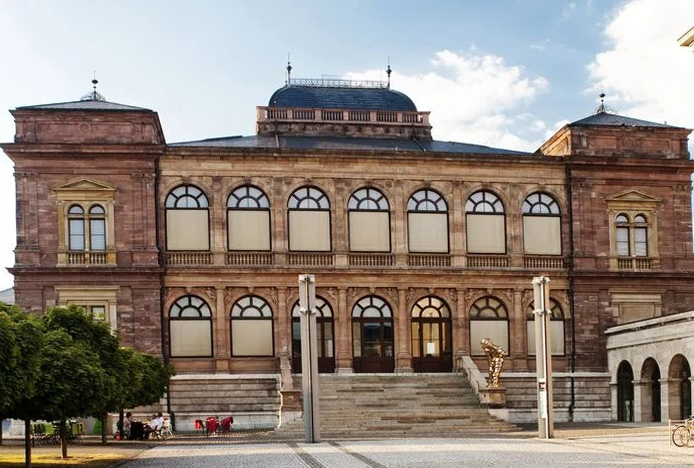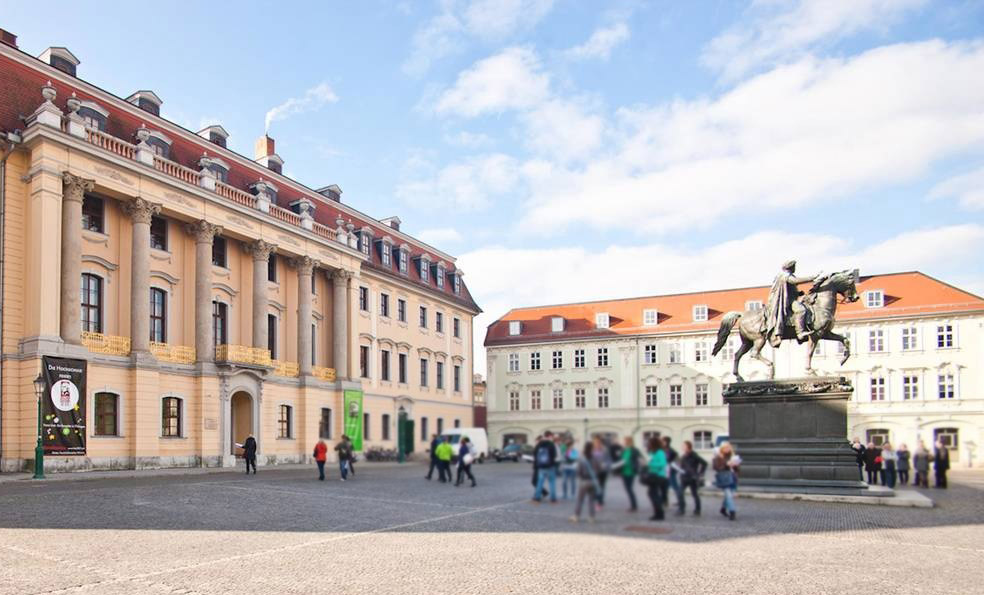Neues Museum Weimar
Audio Guide Neues Museum
Neues Museum Weimar is a historical museum that was opened in 1869 and is considered one of the first museums in Germany. Its collections and exhibitions focus on various aspects of the region's history, culture, and scientific research.
The museum's main feature is its exhibition that tells the story of the geological profile of the Weimar travertines. Travertine is a sedimentary rock formed from calcium-rich water and characterized by distinct textures and colors. These travertine formations are of great geological significance and are often associated with the natural and cultural landmarks of Weimar and its surroundings.
In the museum's exhibition, you can find extensive information about the origin and structure of the Weimar travertines, their historical role, and their use in architecture and construction. Visitors can learn how these travertine formations formed millions of years ago and how they influenced the development of the region and its culture.
The museum also provides information on other aspects of Weimar's cultural and historical heritage, including art, literature, the city's history, and its surroundings. Neues Museum offers a unique opportunity to delve into the rich history of this part of Germany and better understand the connection between geology and the region's culture.
Other sights
-
Albert Schweitzer Denkmal
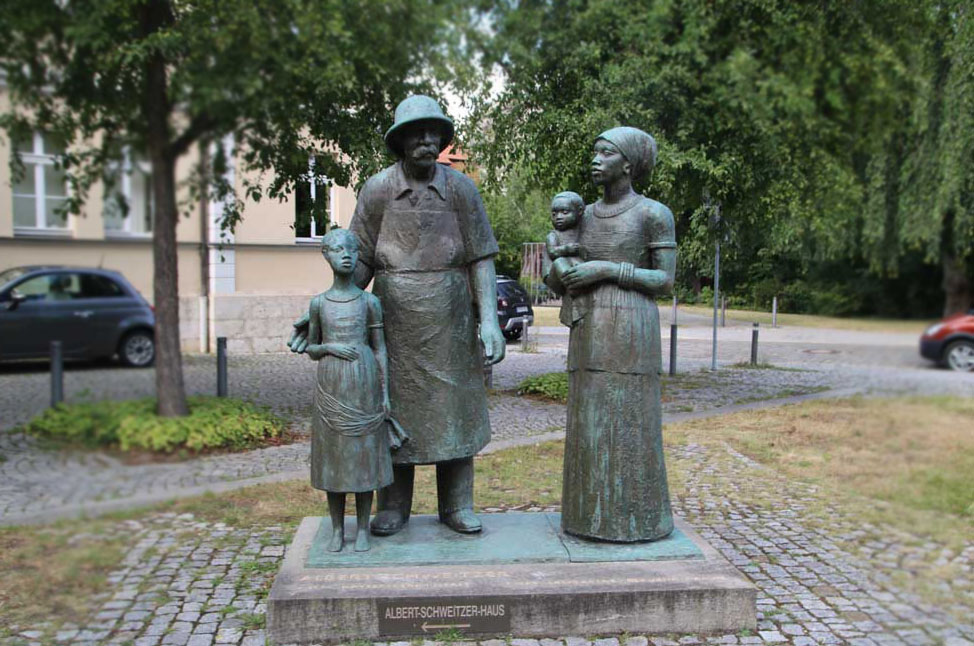
-
Altenburg (Franz Liszt)

-
Atrium & ehemaliges Gauforum
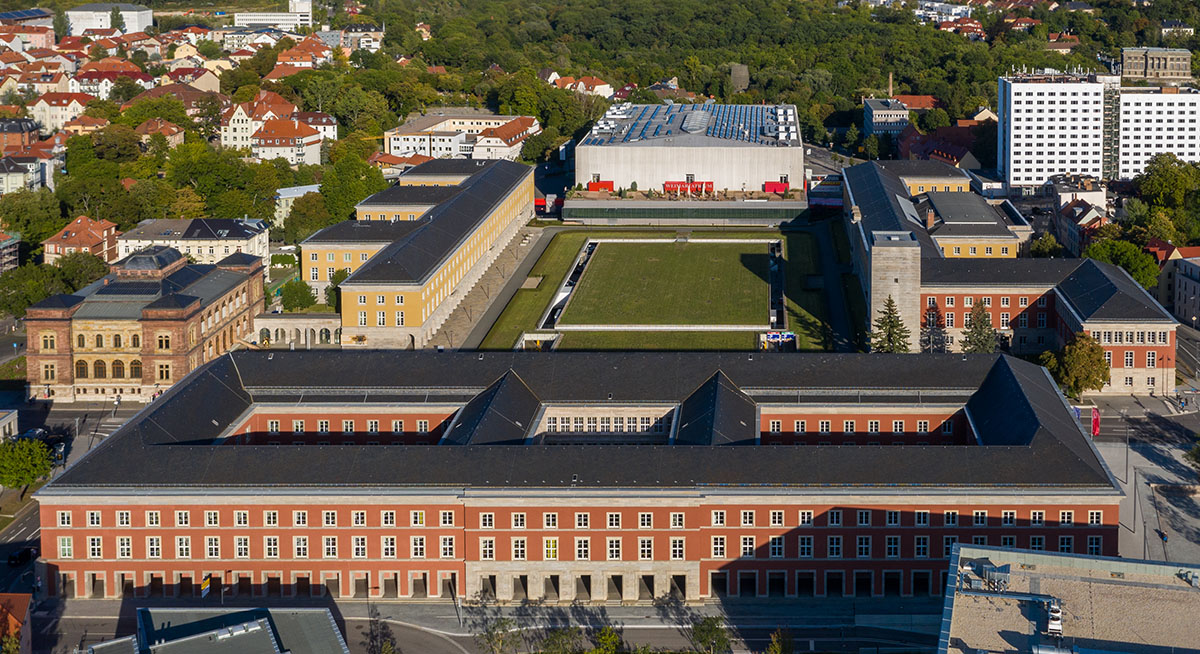
-
Bauhaus Universität (Henry van de Velde)
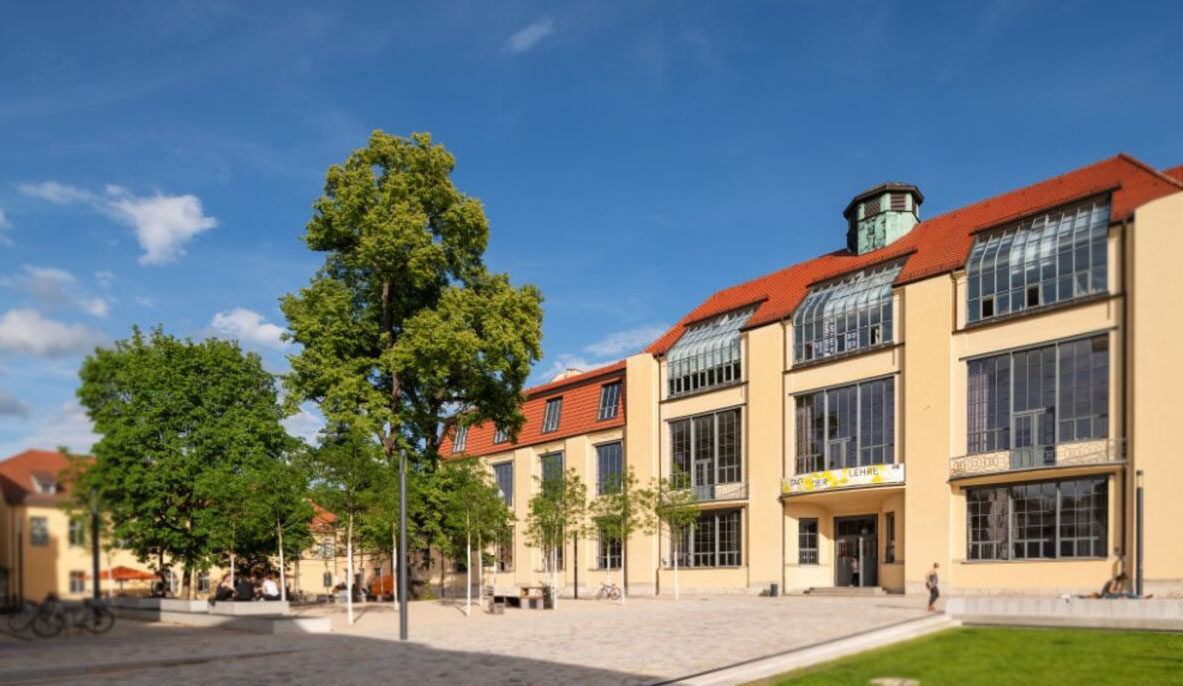
-
Bauhaus: Haus am Horn
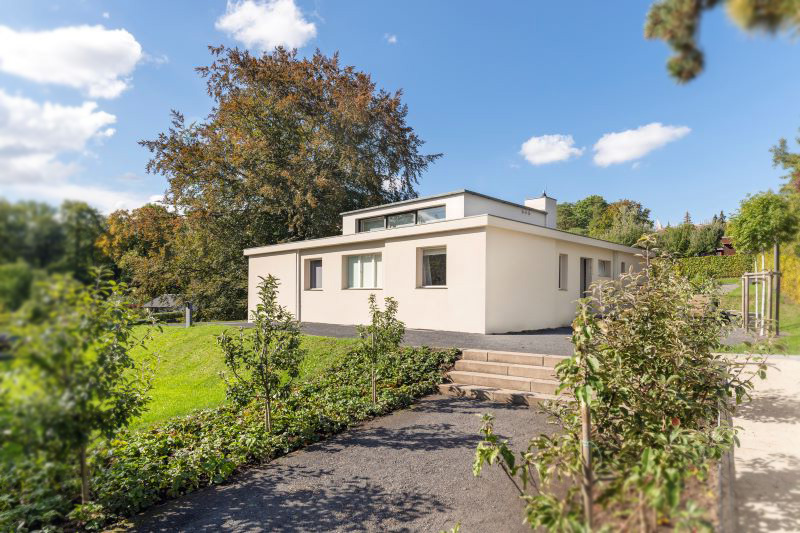
-
Carl Heinrich Ferdinand Streichhan-Kaserne
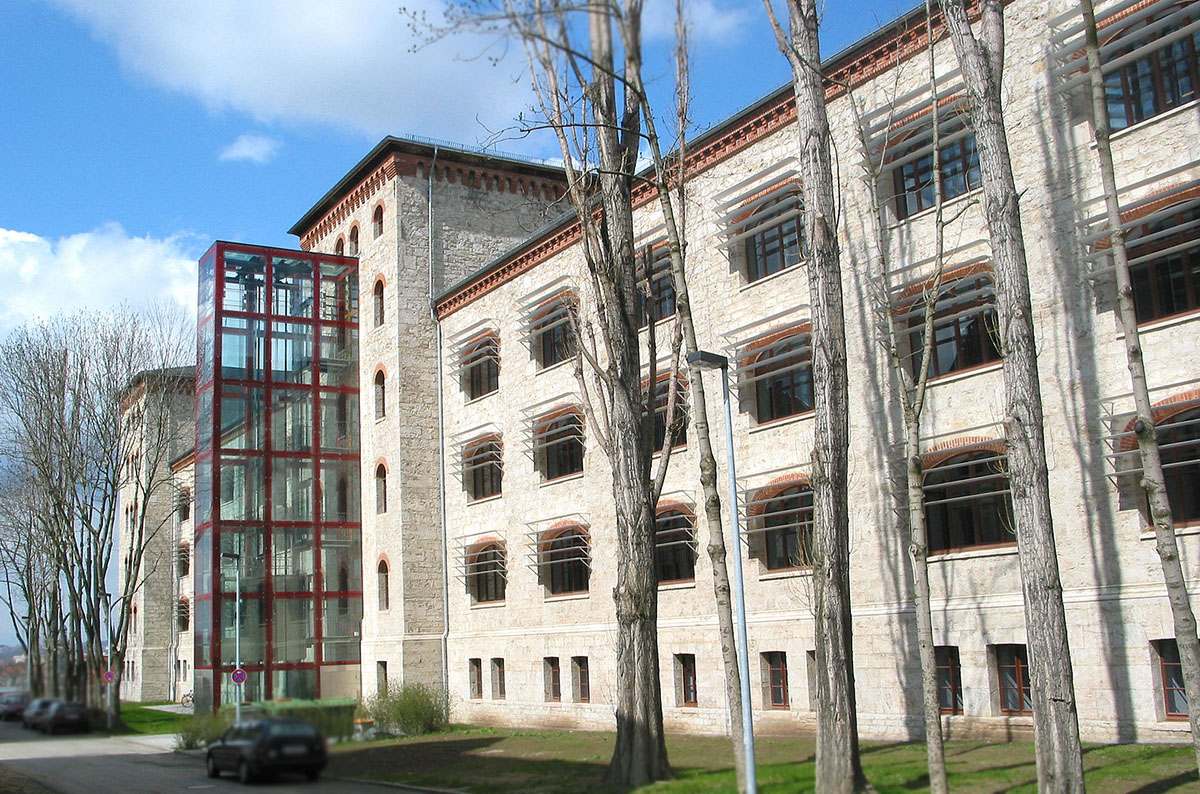
-
Cranachhaus
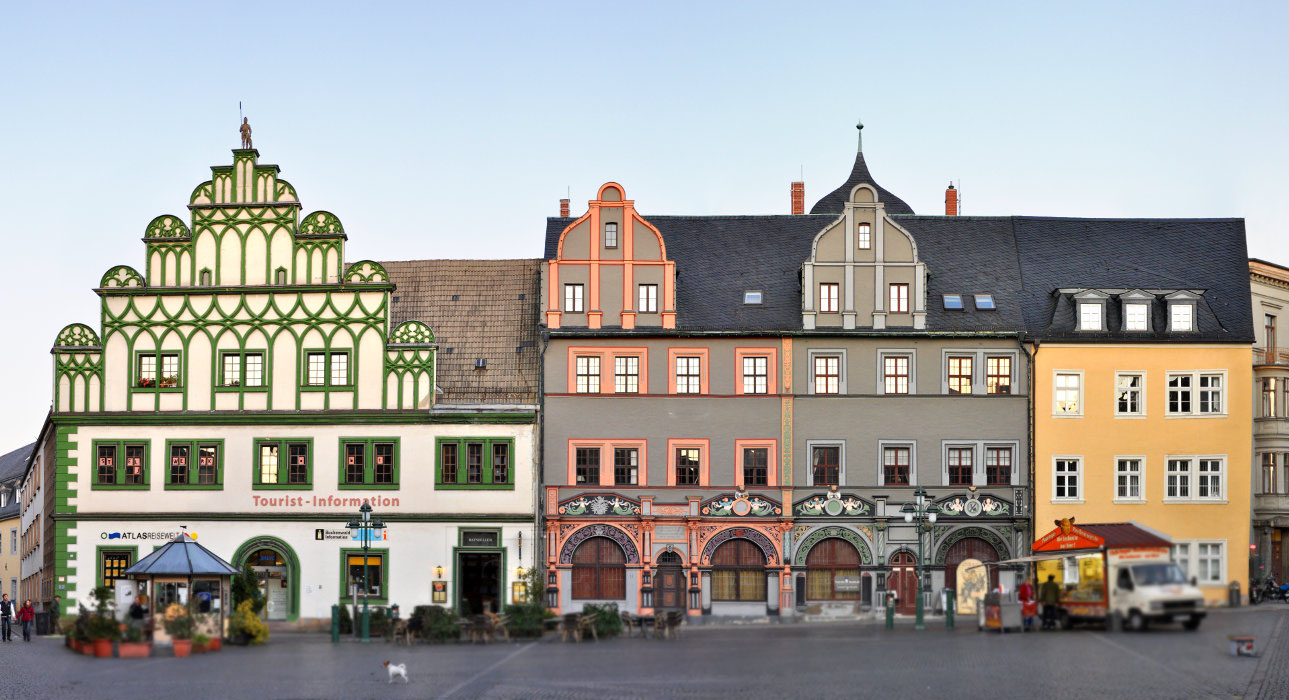
-
Denkmal Nepomuk Hummel
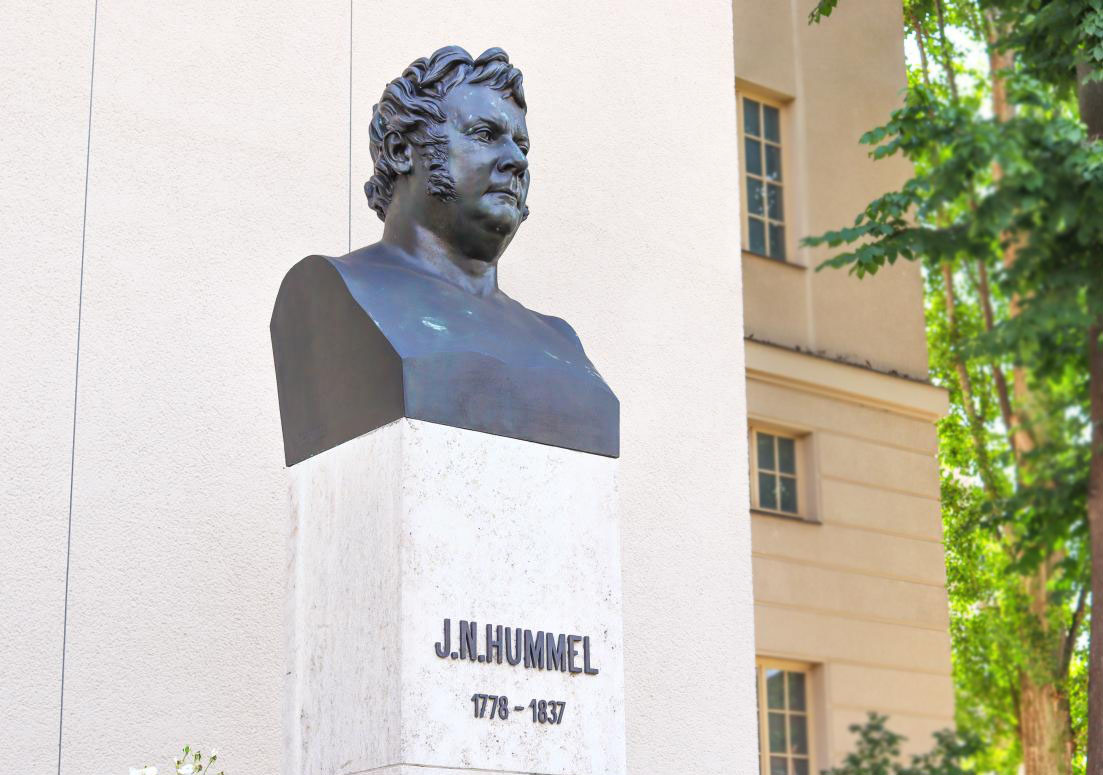
-
Denkmal Nepomuk Hummel und katholische Kirche
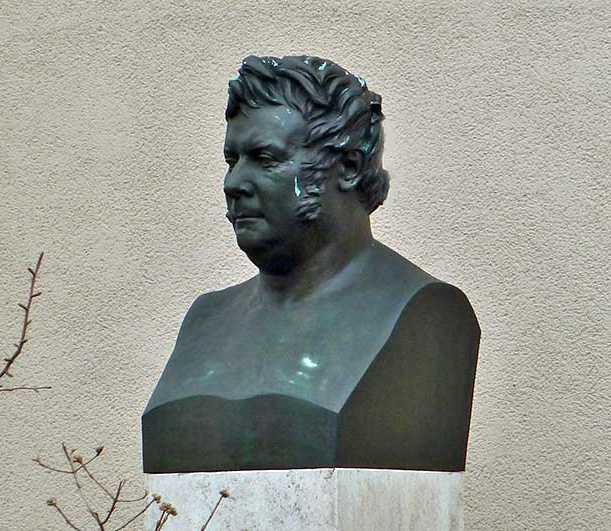
-
Deutsches Nationaltheater Goethe & Schiller Denkmal
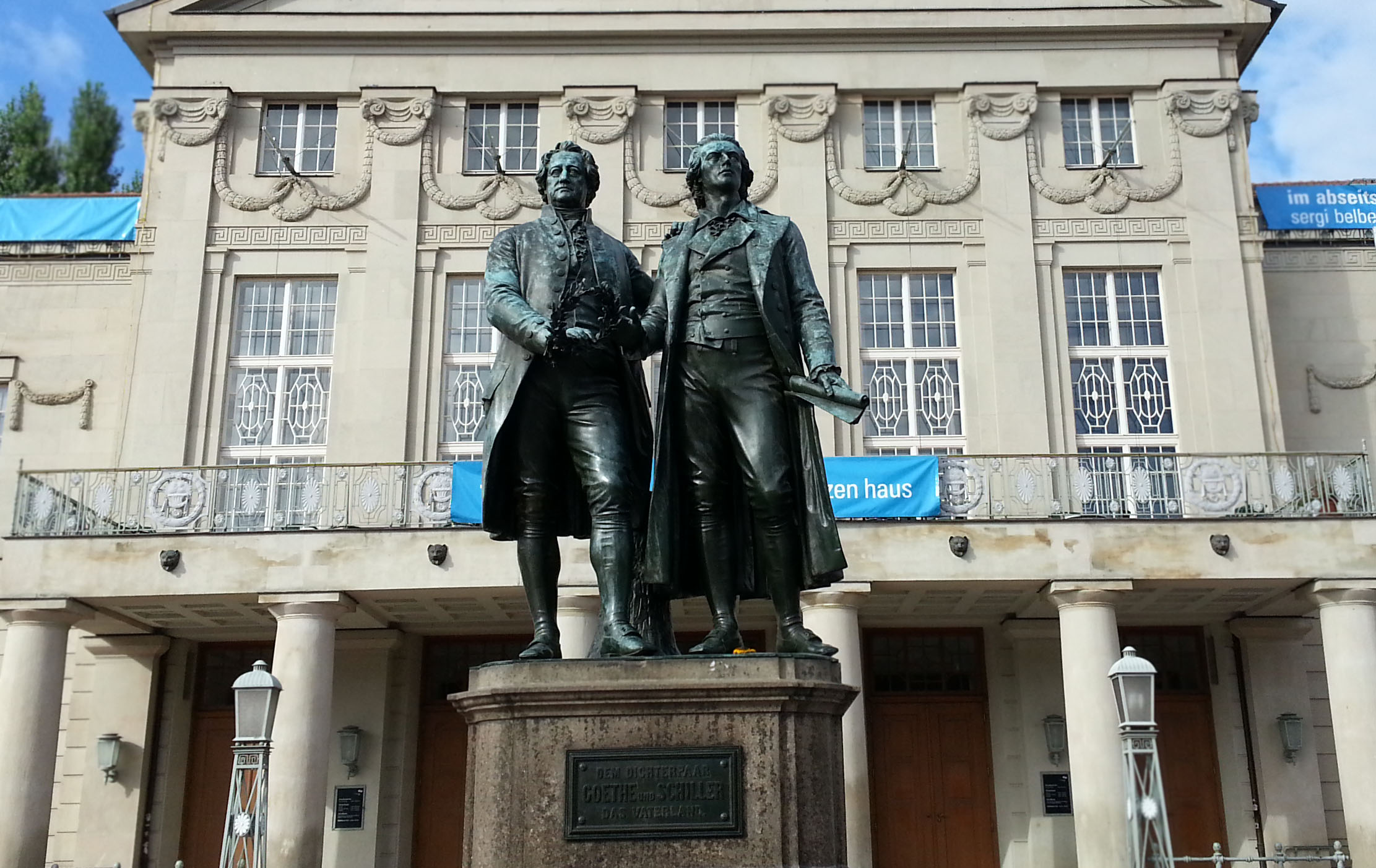
-
Ginkgobaum
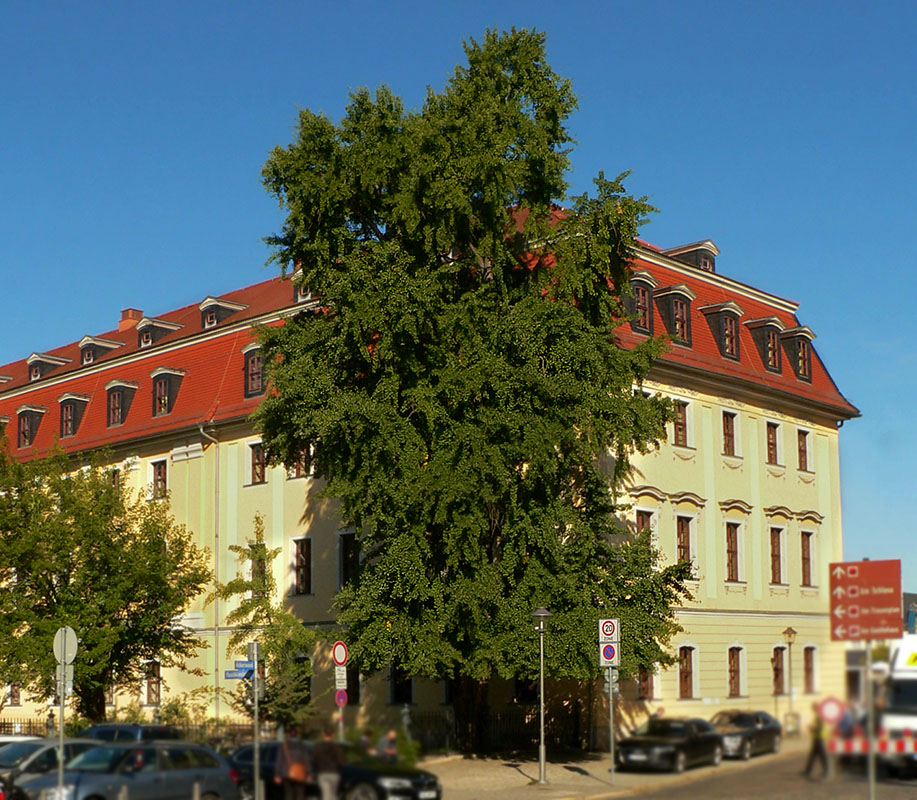
-
Goethe- & Schillerarchiv
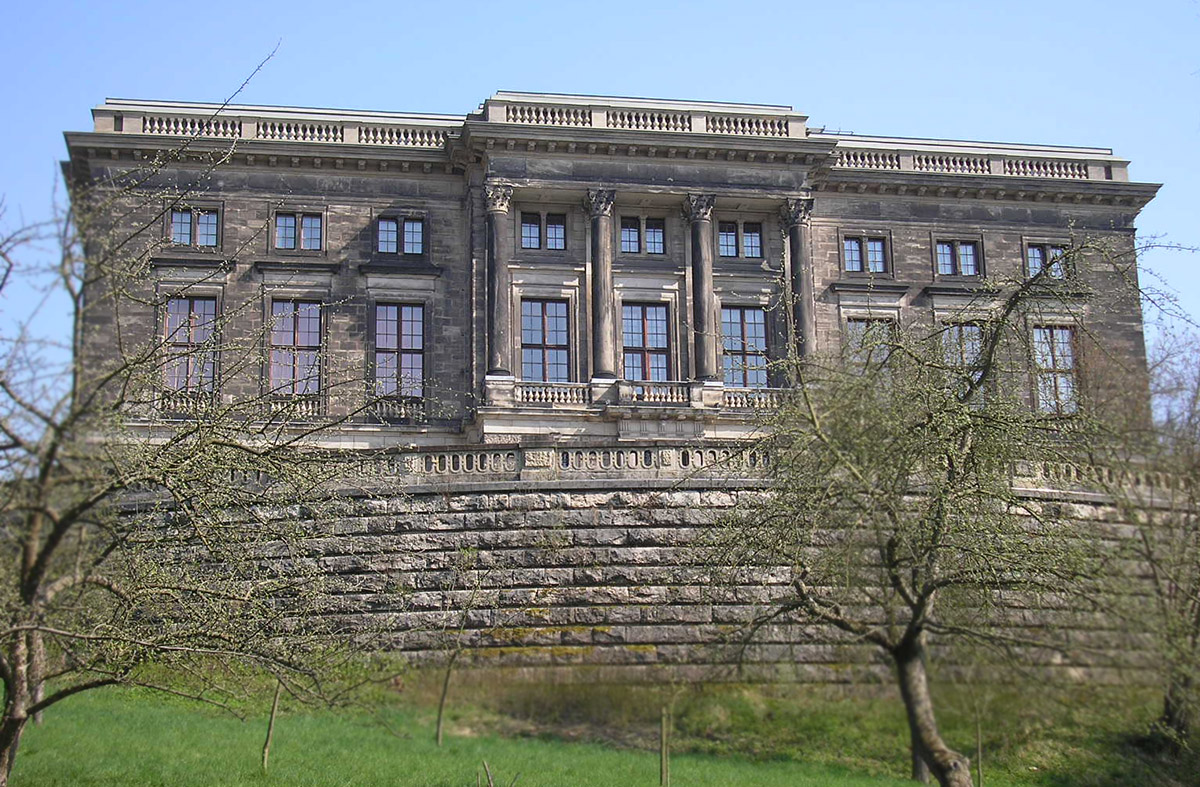
-
Goetheplatz mit Kasseturm & Stadtmauer

-
Goethes Wohnhaus
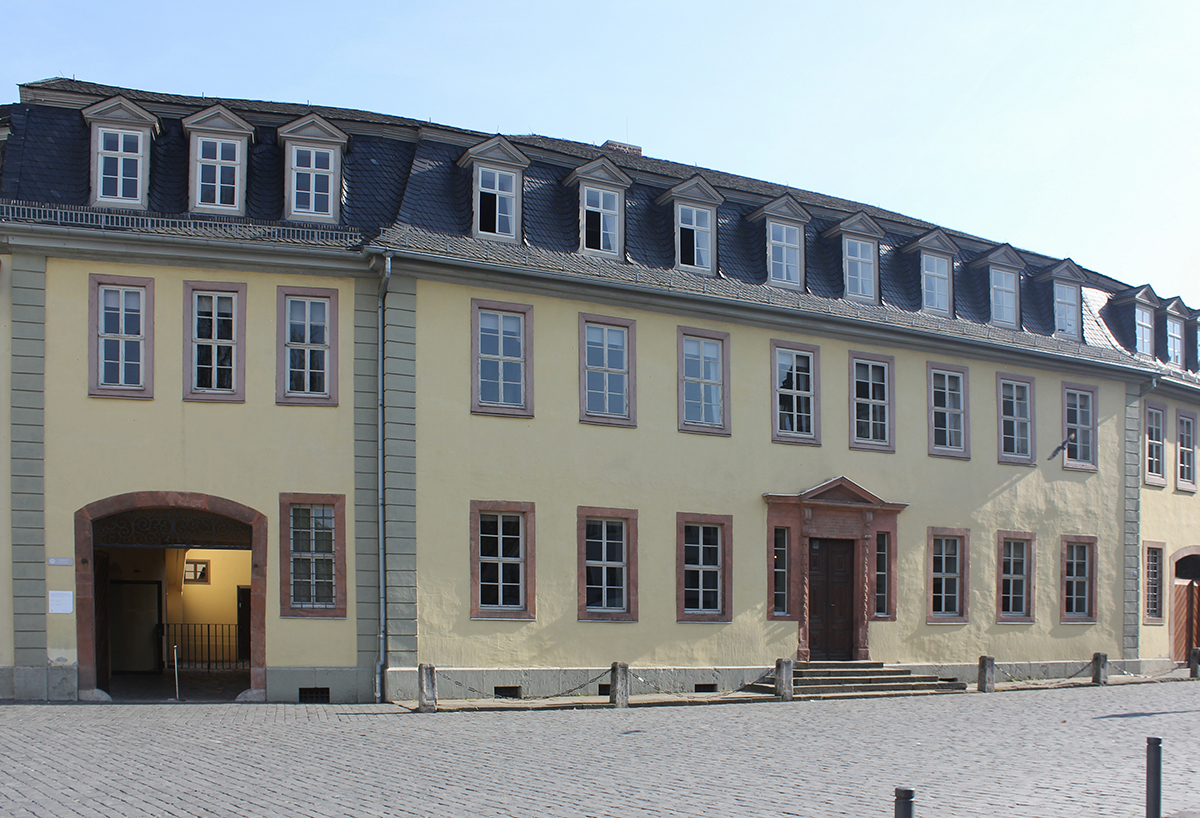
-
Haus am Horn
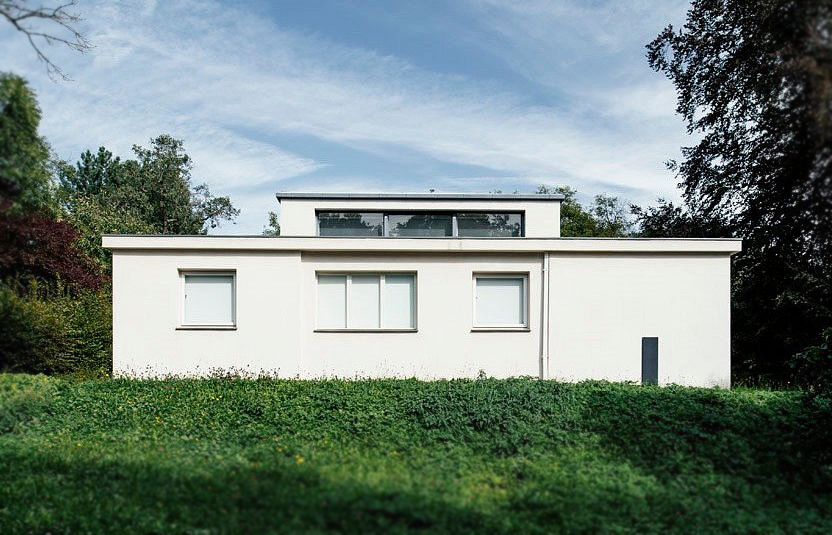
-
Haus der Charlotte von Stein
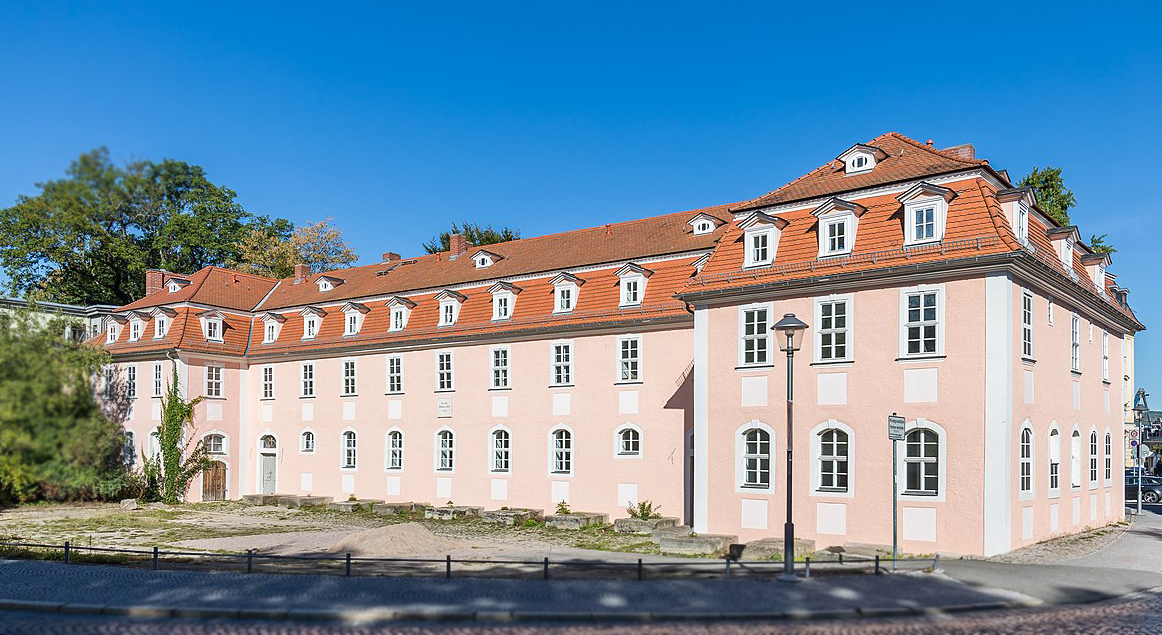
-
Herderplatz & Kirche St. Peter und Paul
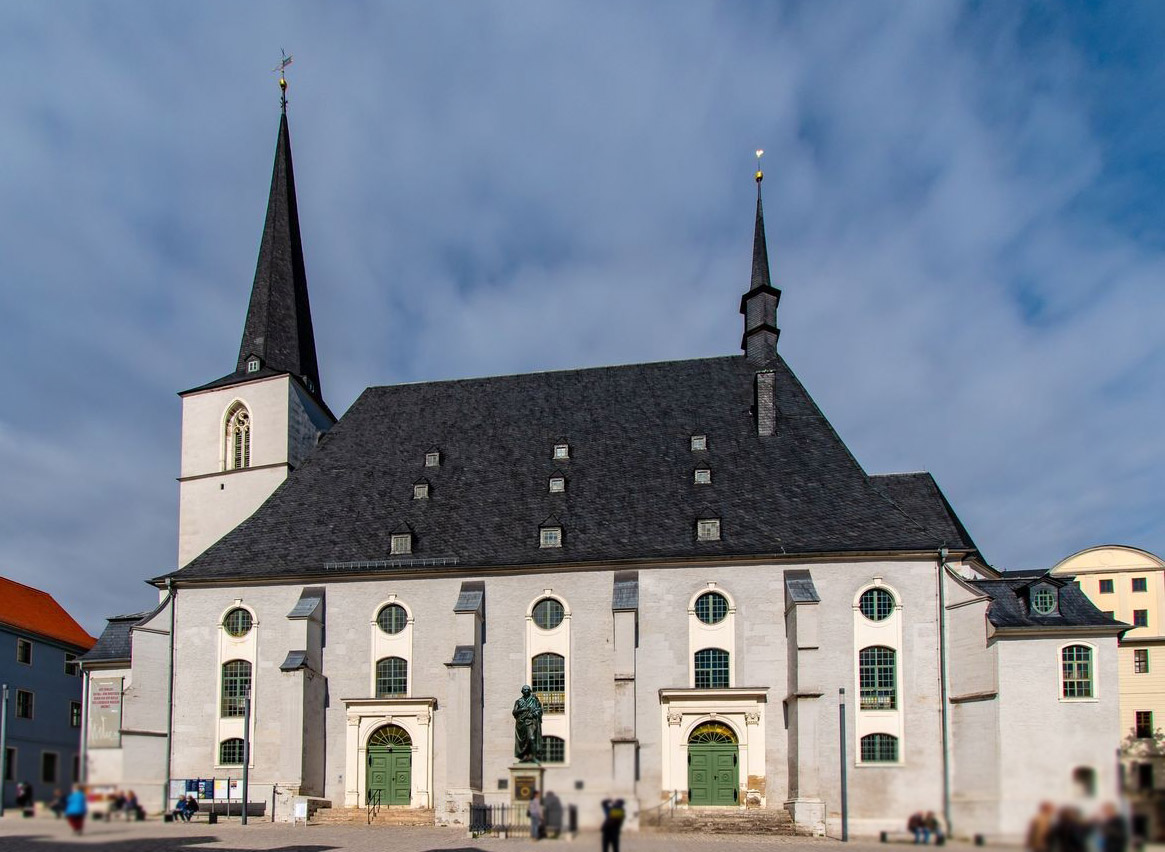
-
Herzogin Anna-Amalia-Bibliothek
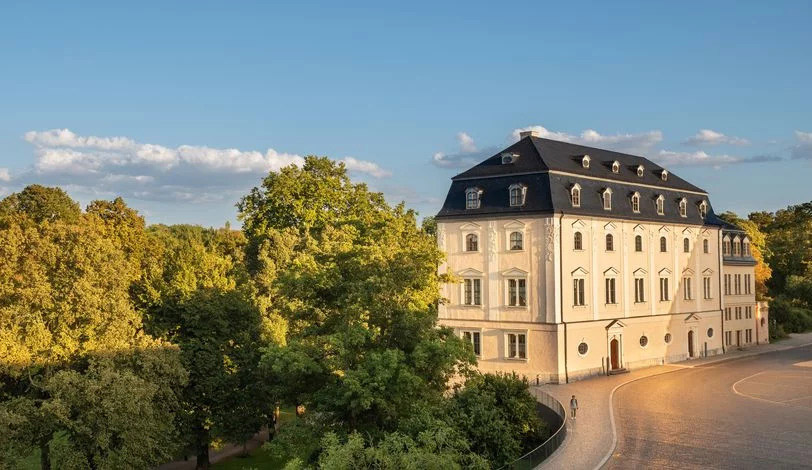
-
Historischer Friedhof
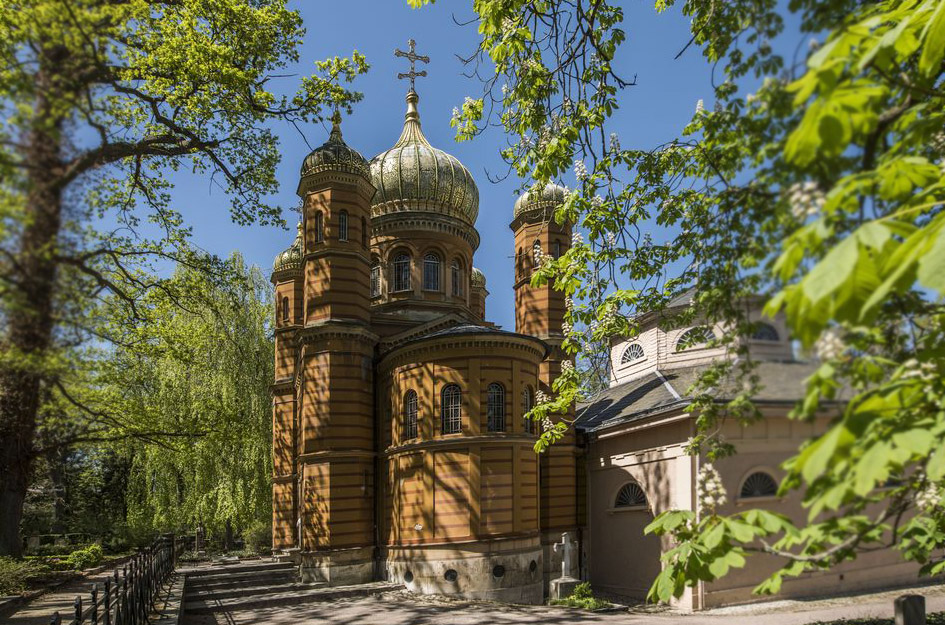
-
Hochschule für Musik Franz Liszt (Fürstenhaus)
-
J. G. Herder, Kirche St. Peter und Paul
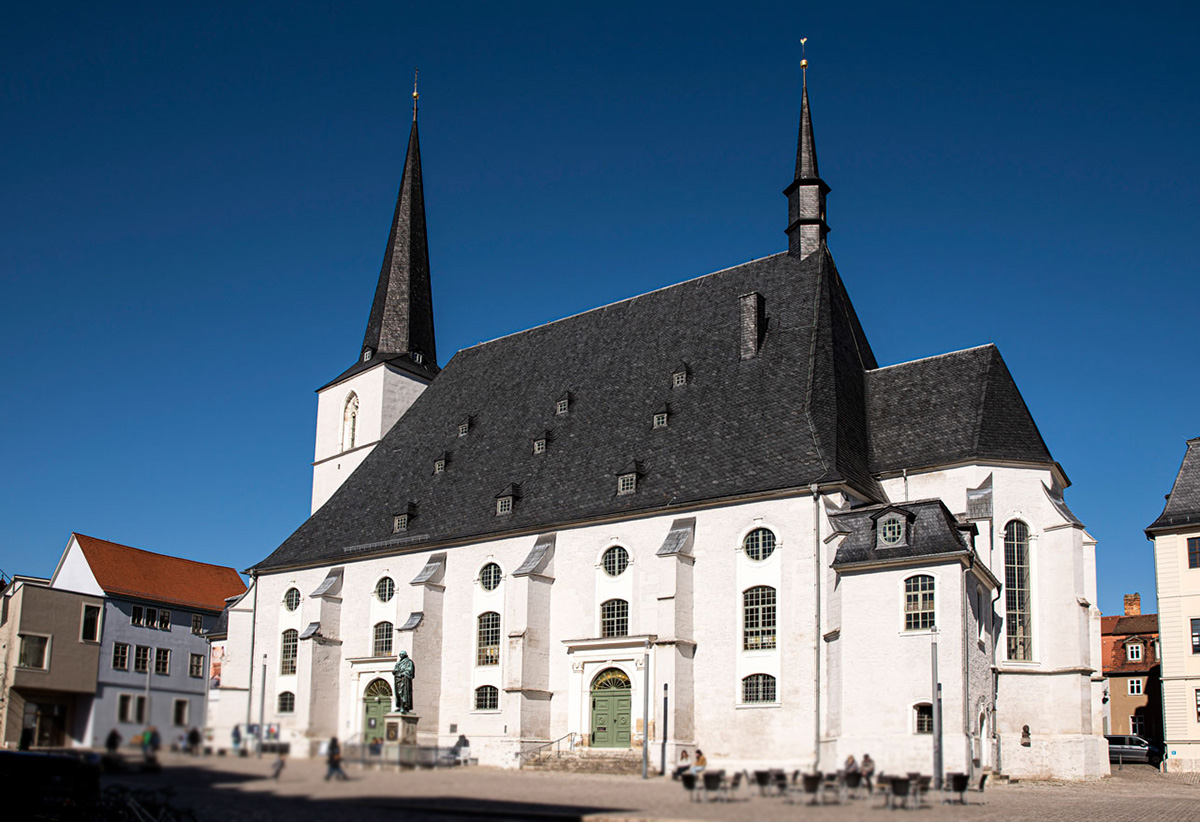
-
J. S. Bach in Weimar & Bachtafel
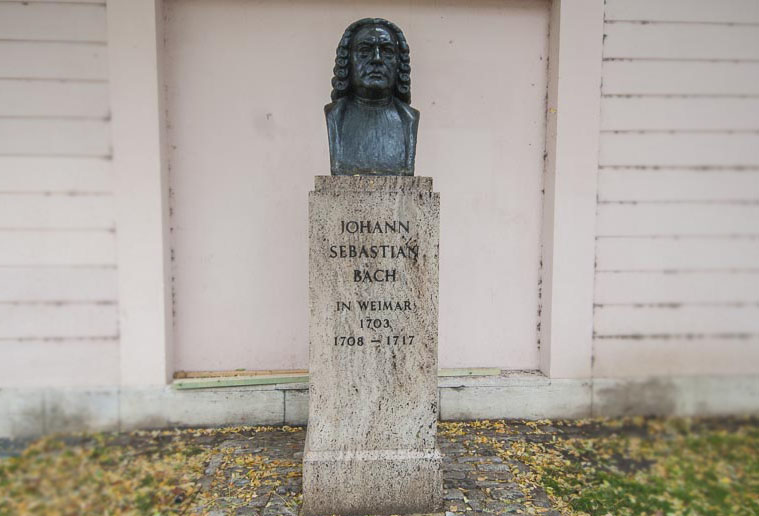
-
Katholische Kirche
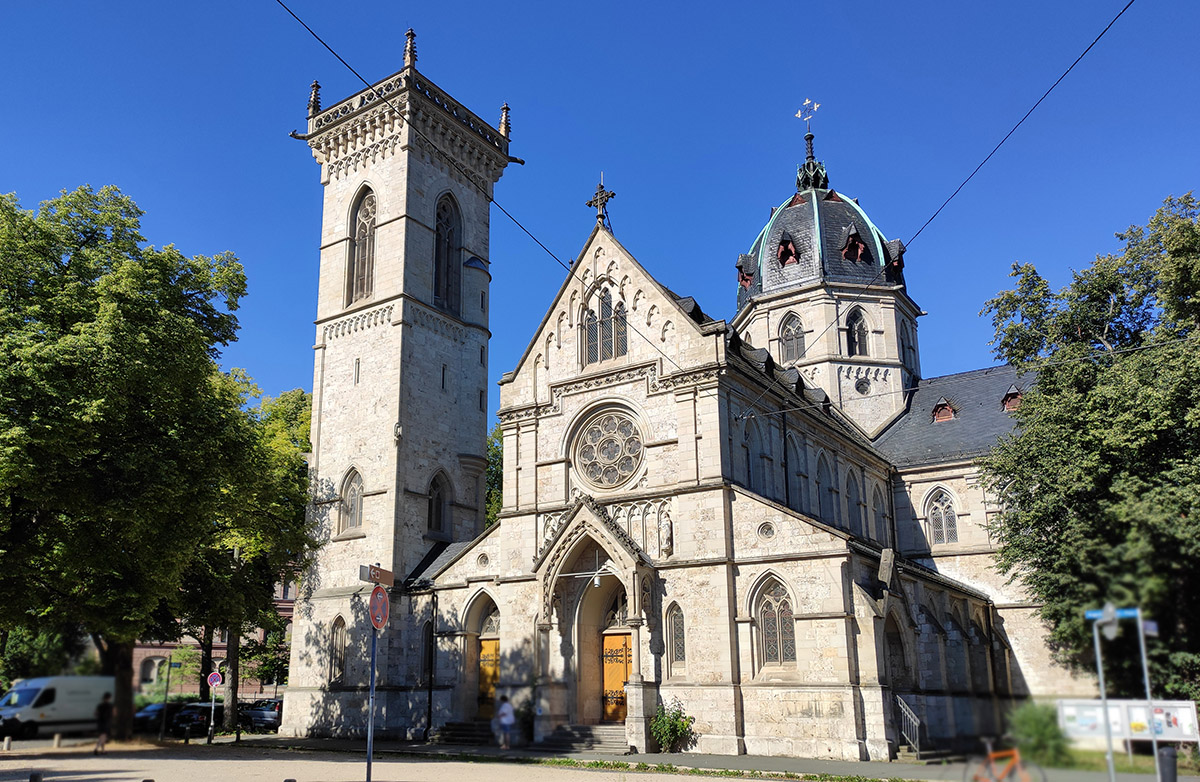
-
Landesmuseum
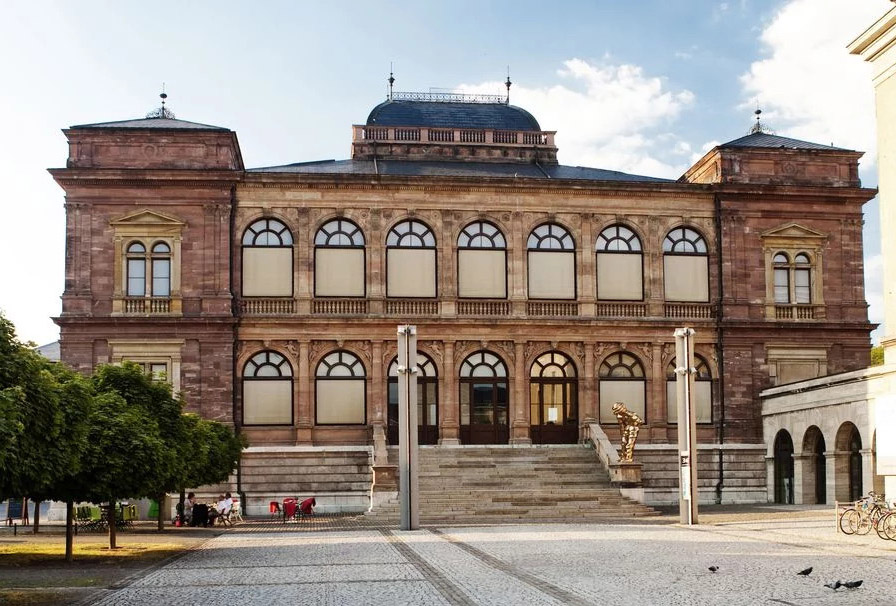
-
Liszthaus & Liszt in Weimar
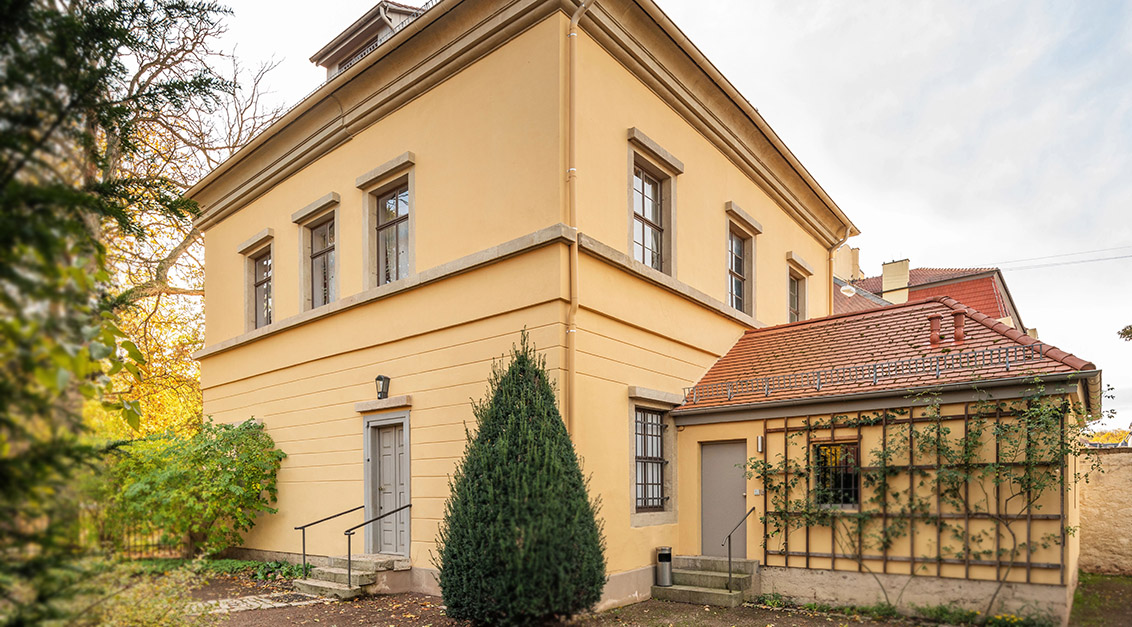
-
Markt
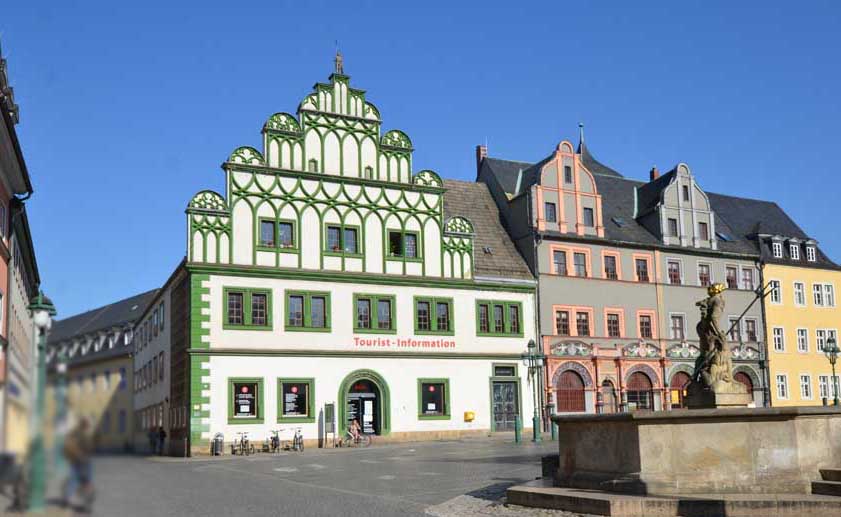
-
Marktplatz, J. S. Bach

-
Marktplatz, Rathaus, Cranachhaus
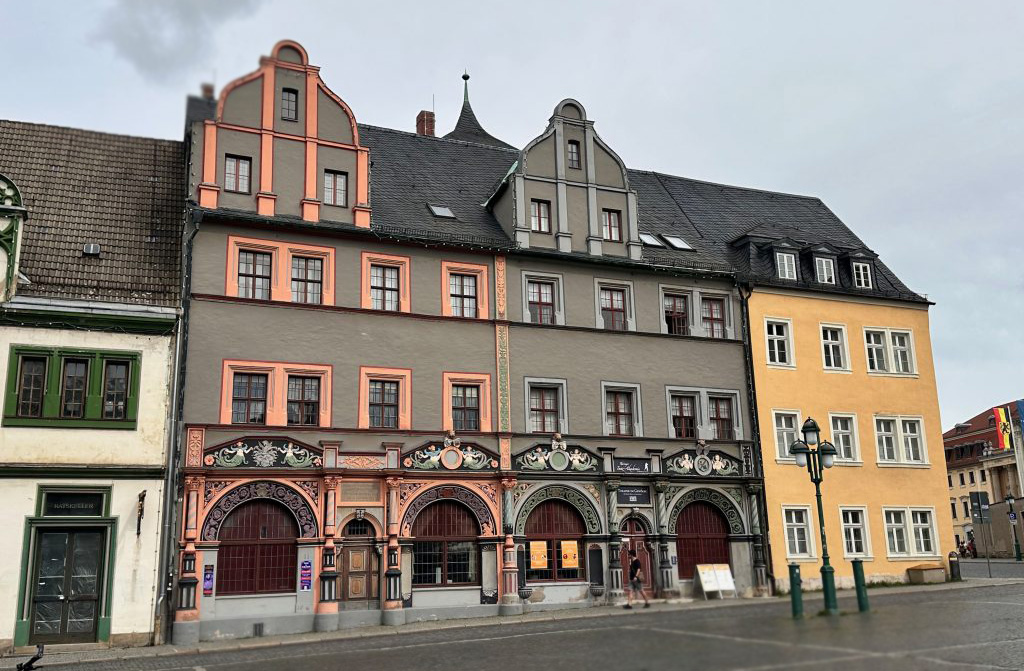
-
Marstall
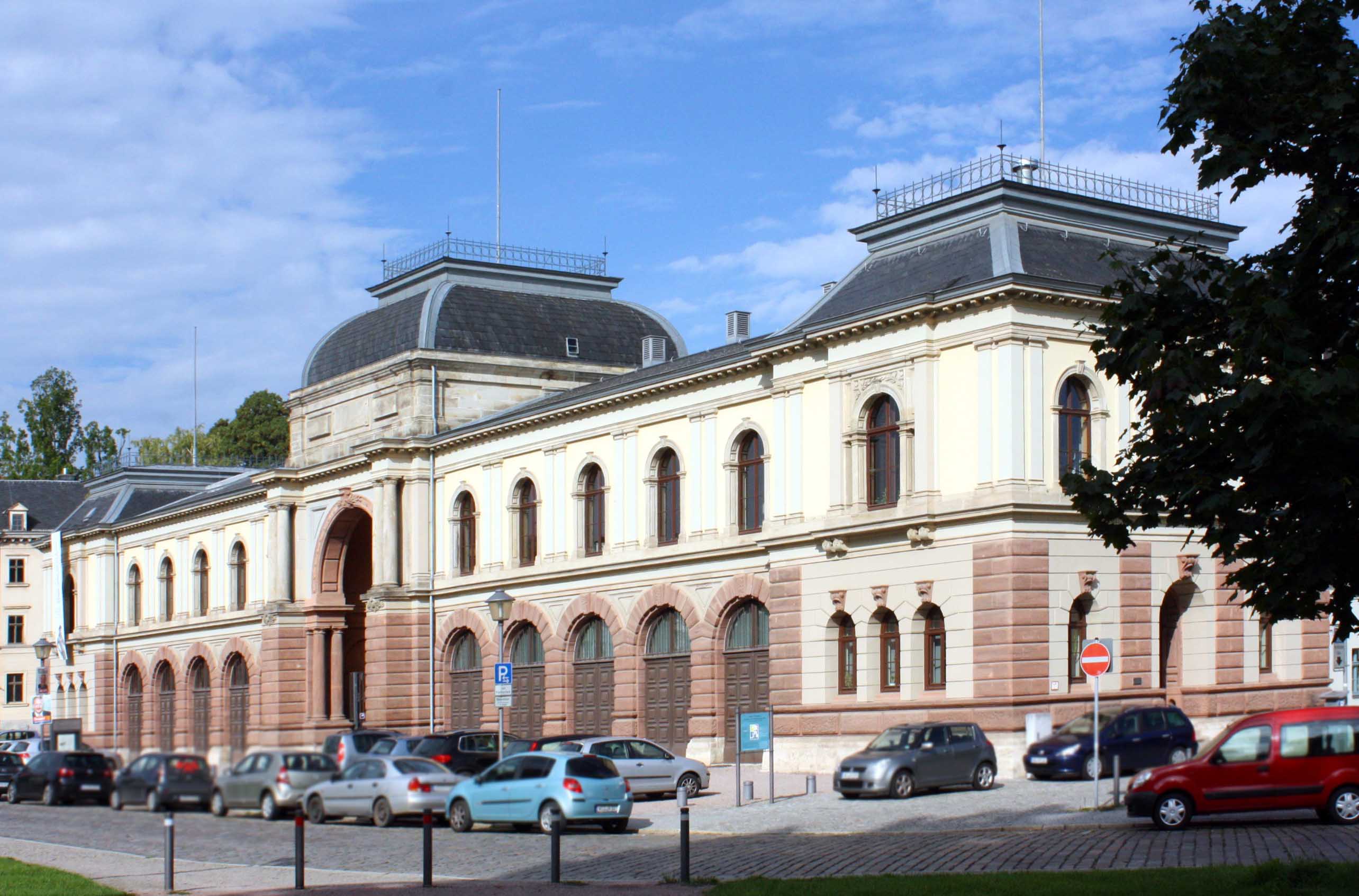
-
Modernes Weimar: Neues Bauen am Horn
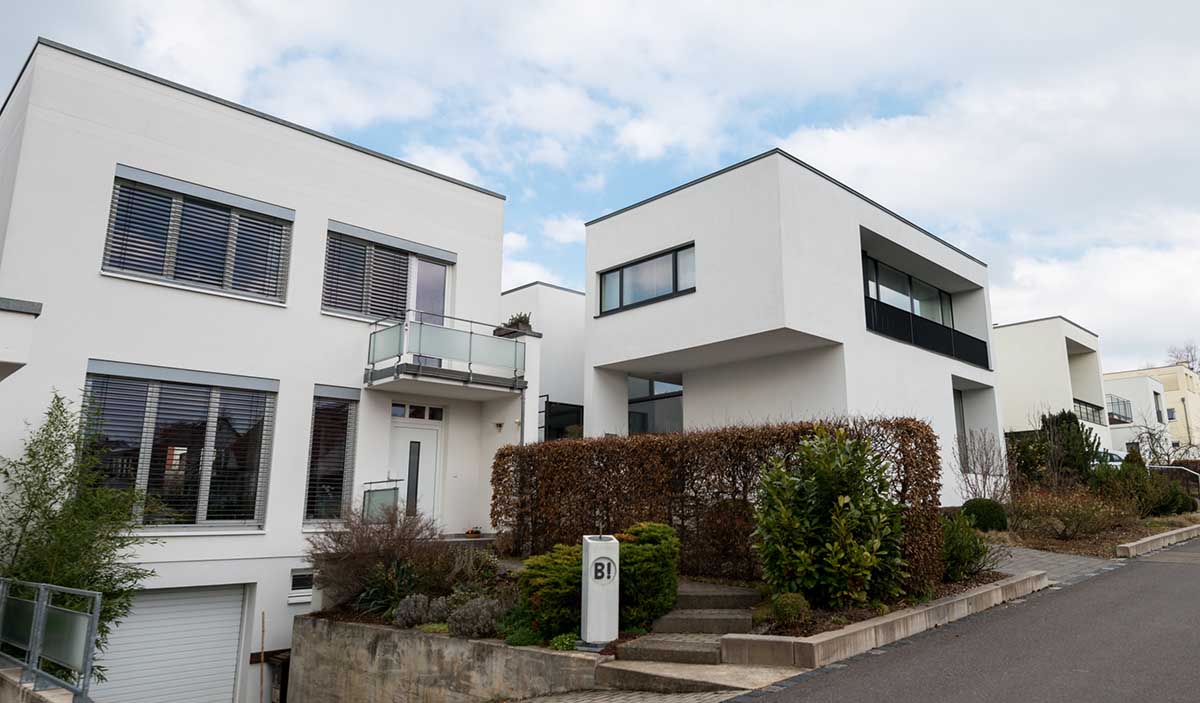
-
Neue Weimarhalle
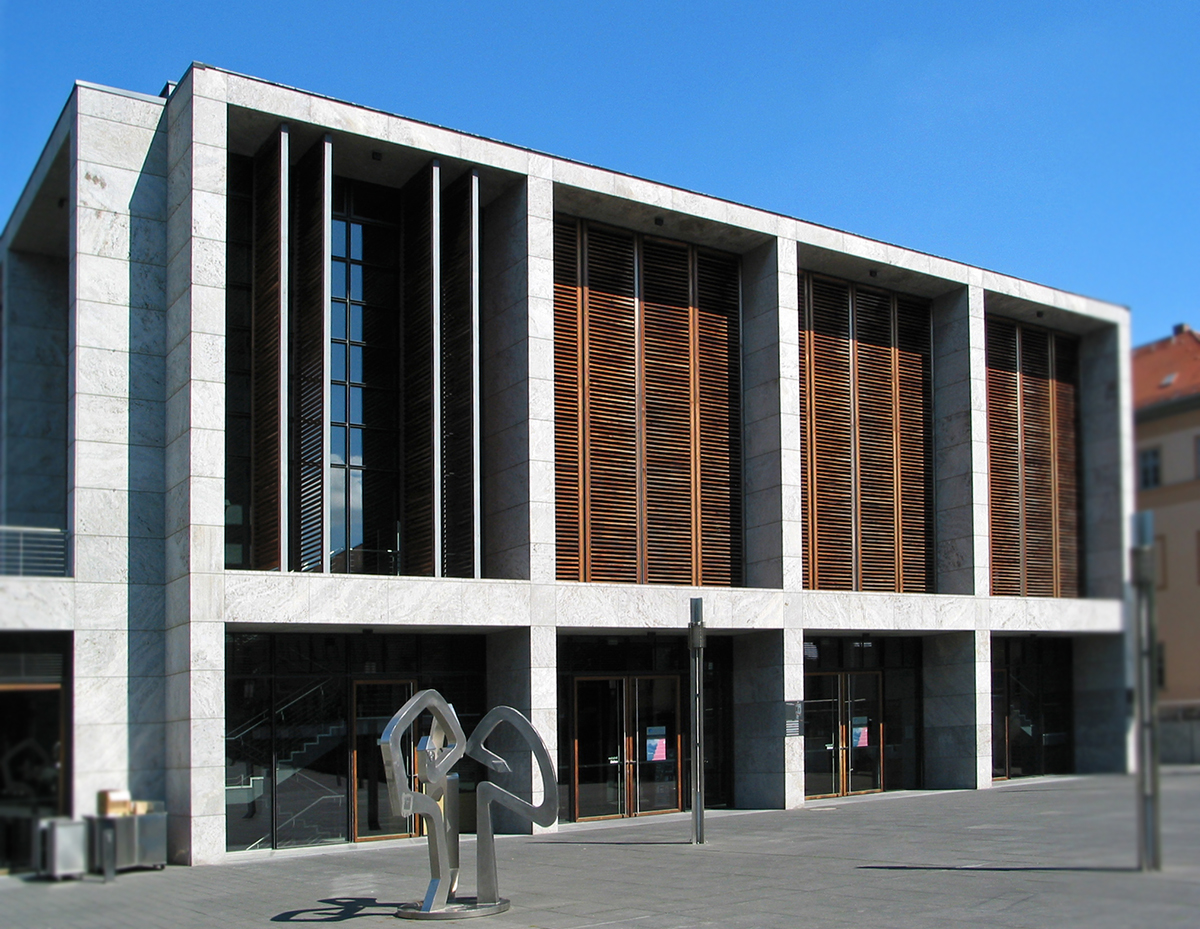
-
Parkhöhle

-
Platz der Demokratie (Fürstenplatz)
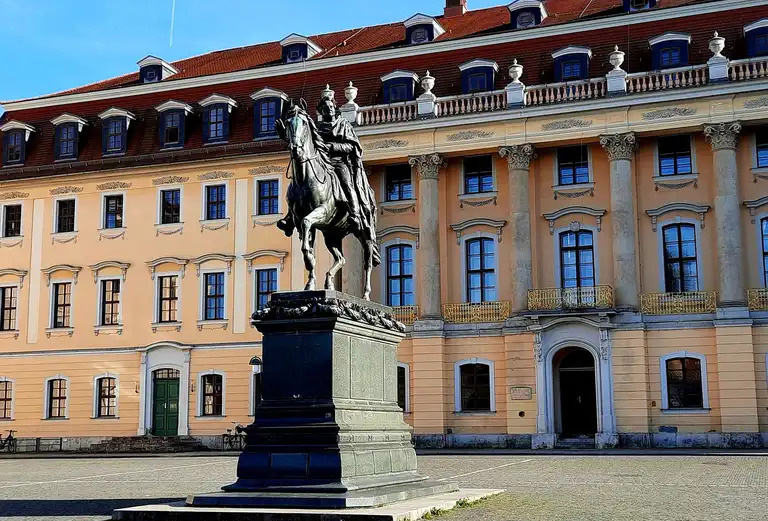
-
Platz der Demokratie, Anna Amalia Bibliothek
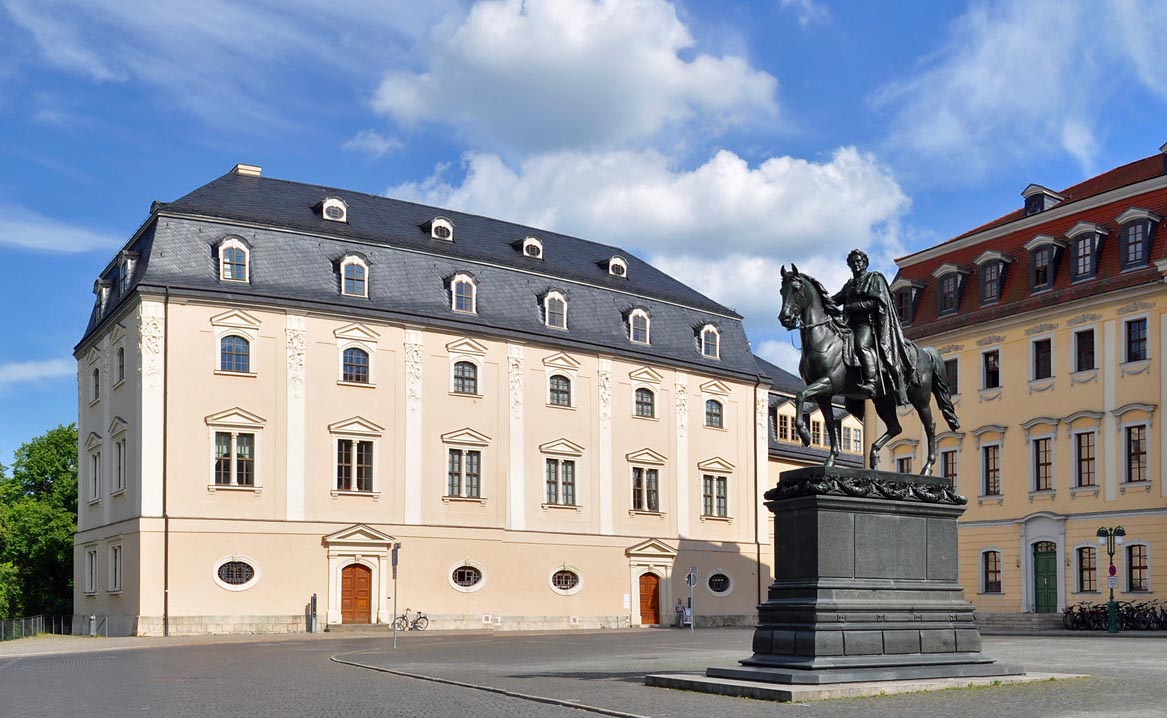
-
Rathaus
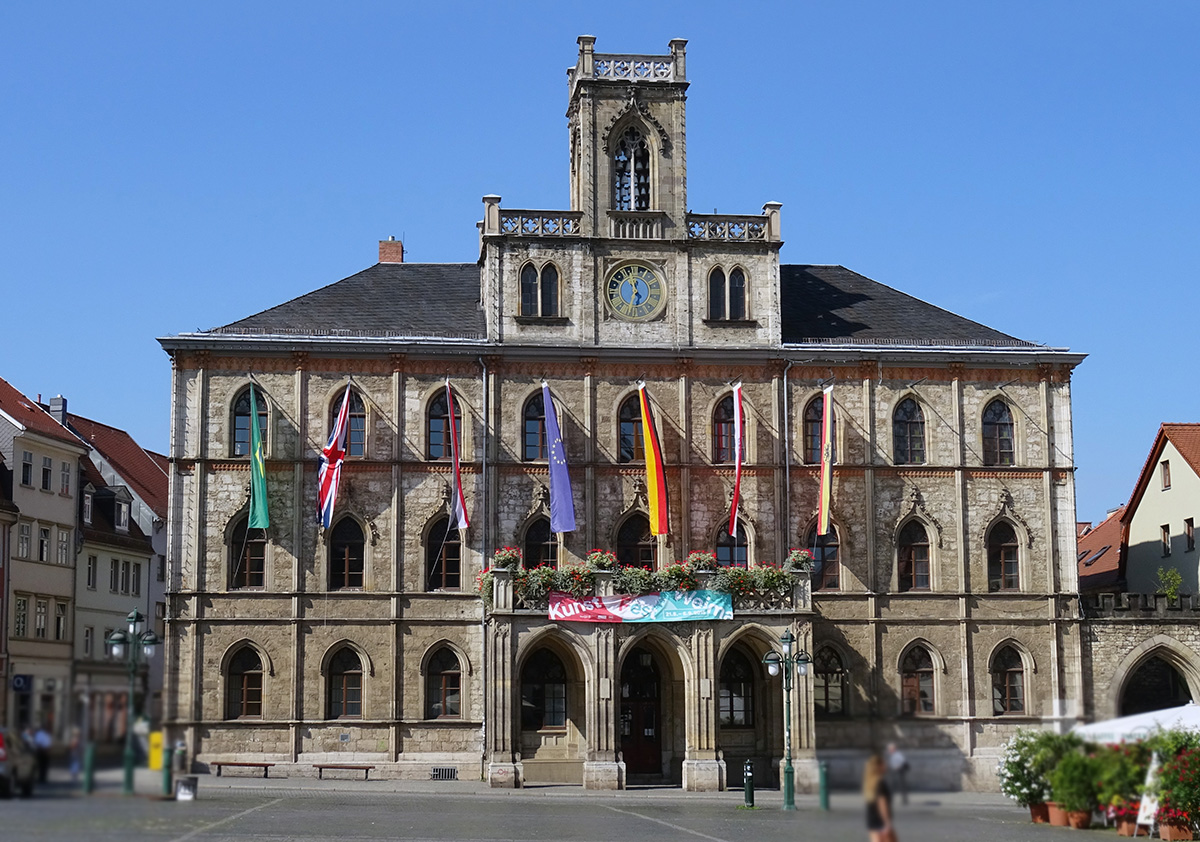
-
Reiterstandbild Carl August
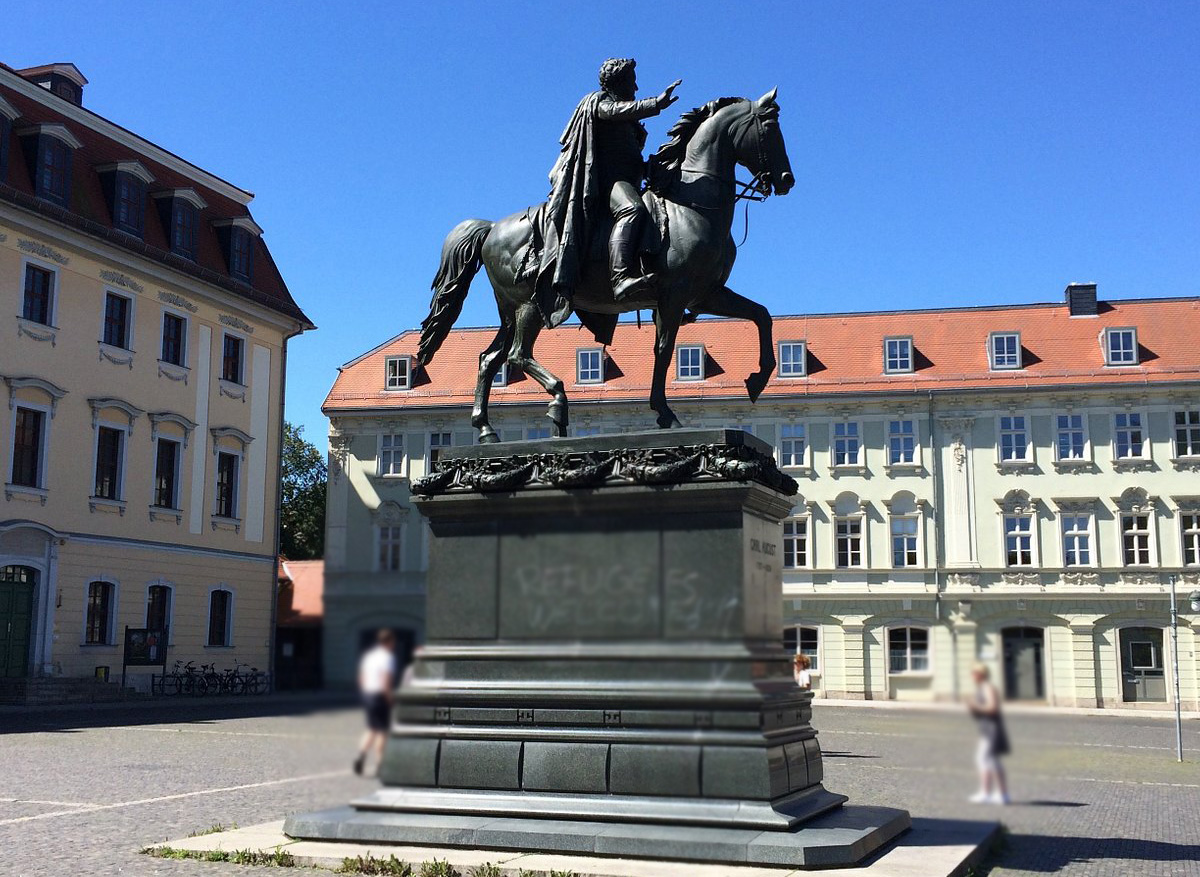
-
Römisches Haus (Carl August)

-
Schloss Belvedere
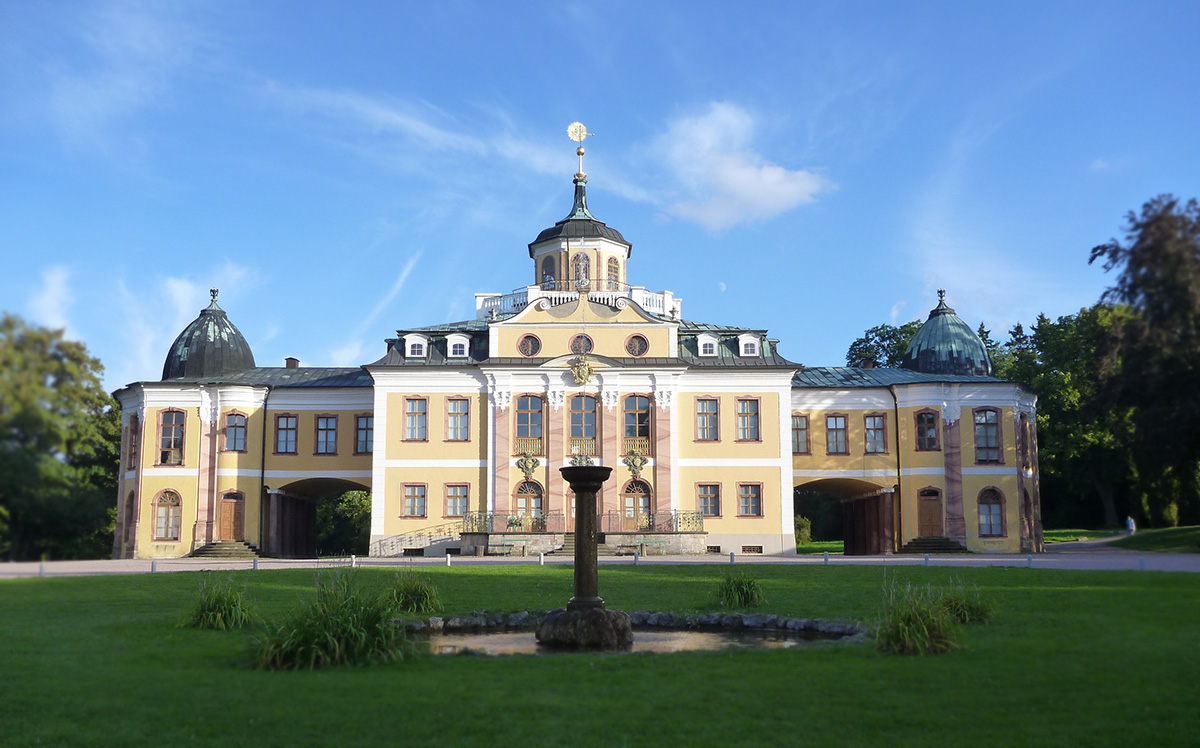
-
Stadtmuseum
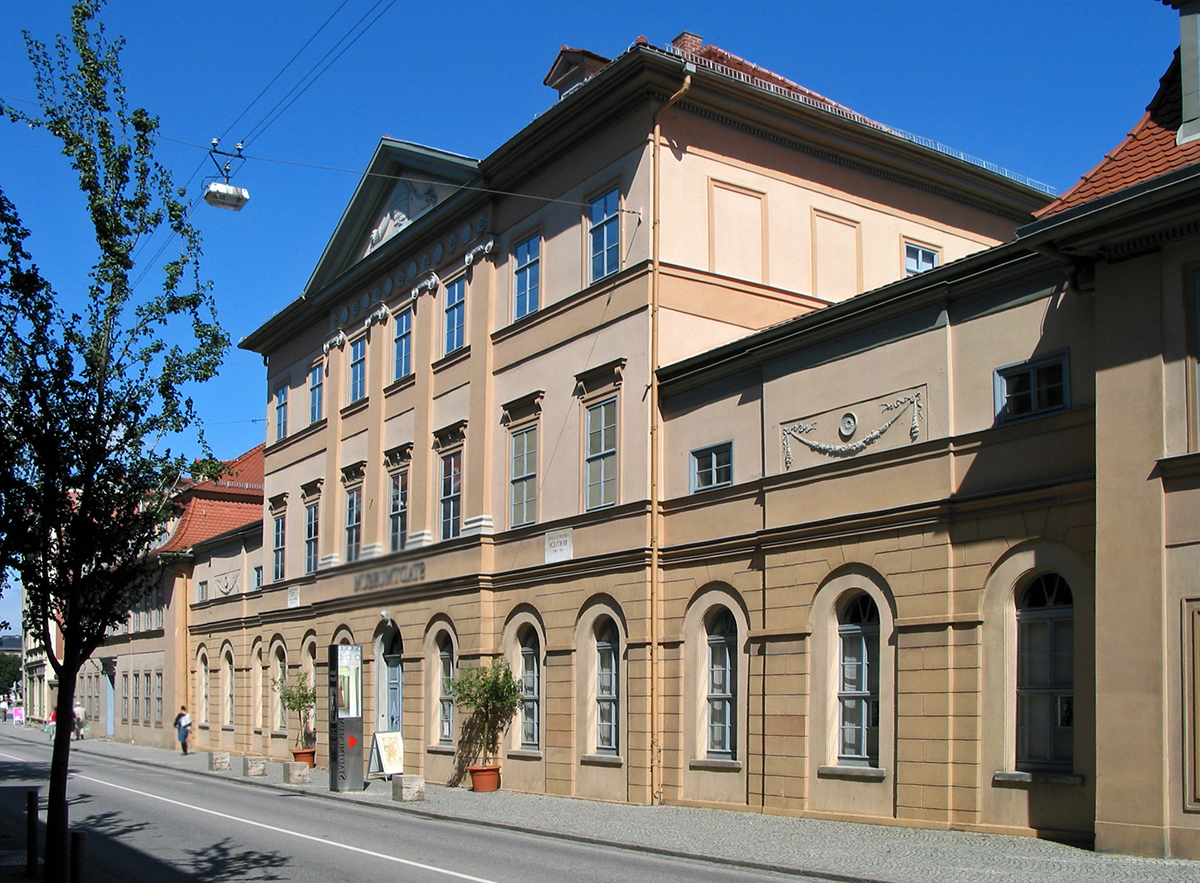
-
Stadtschloss
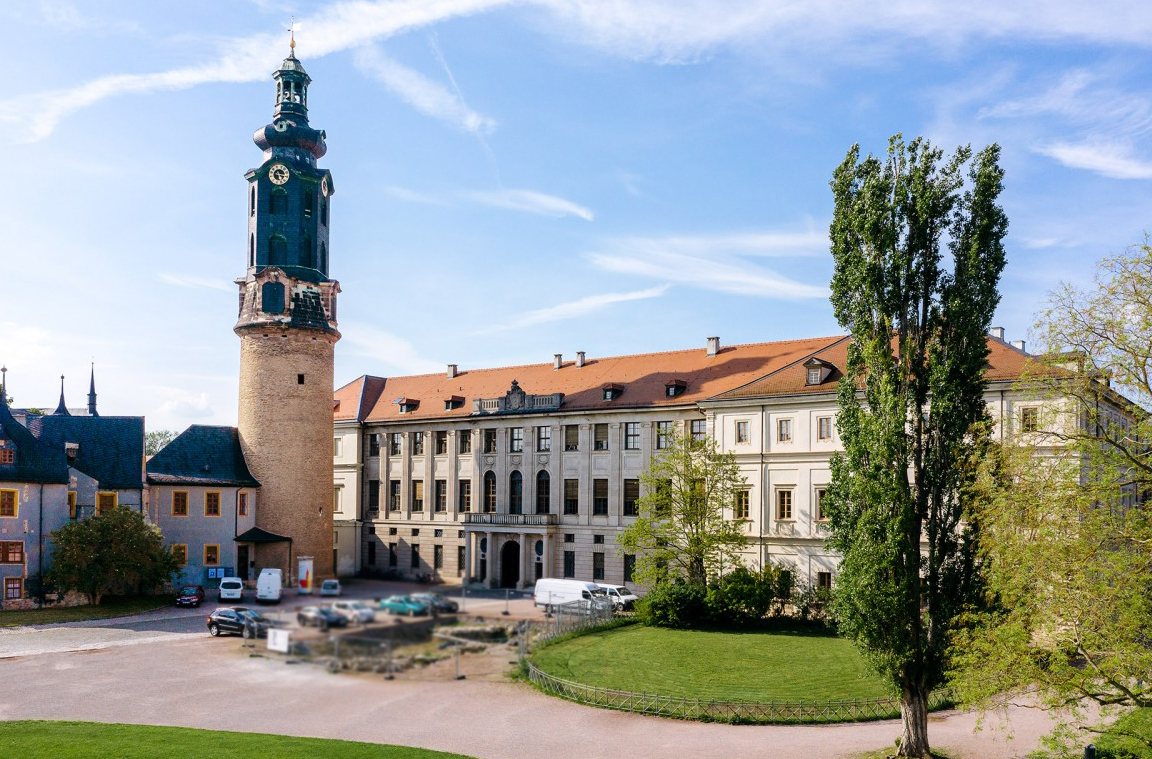
-
Standort Neues Bauhausmuseum
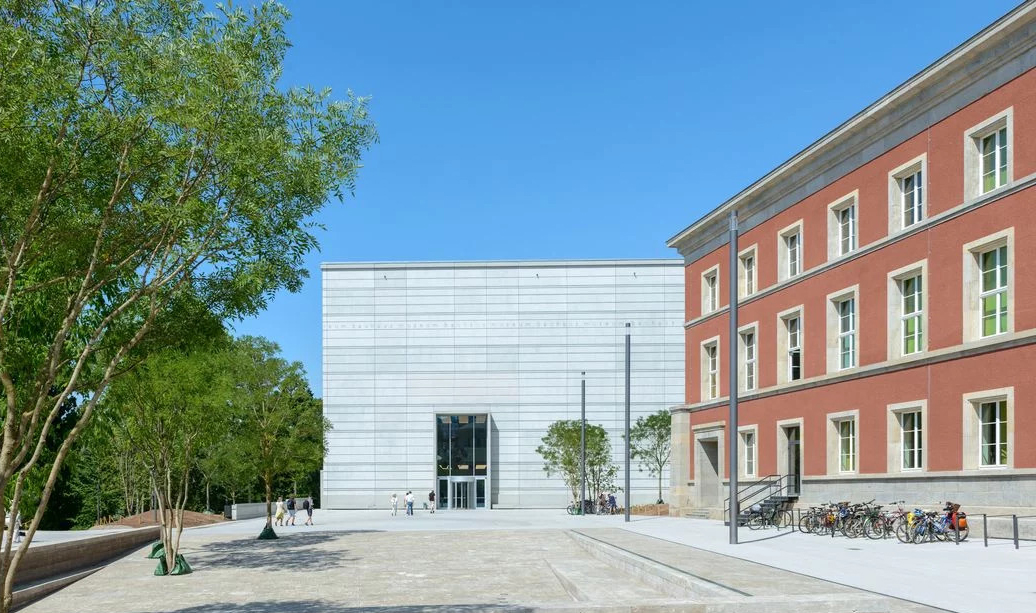
-
Villa Altenburg
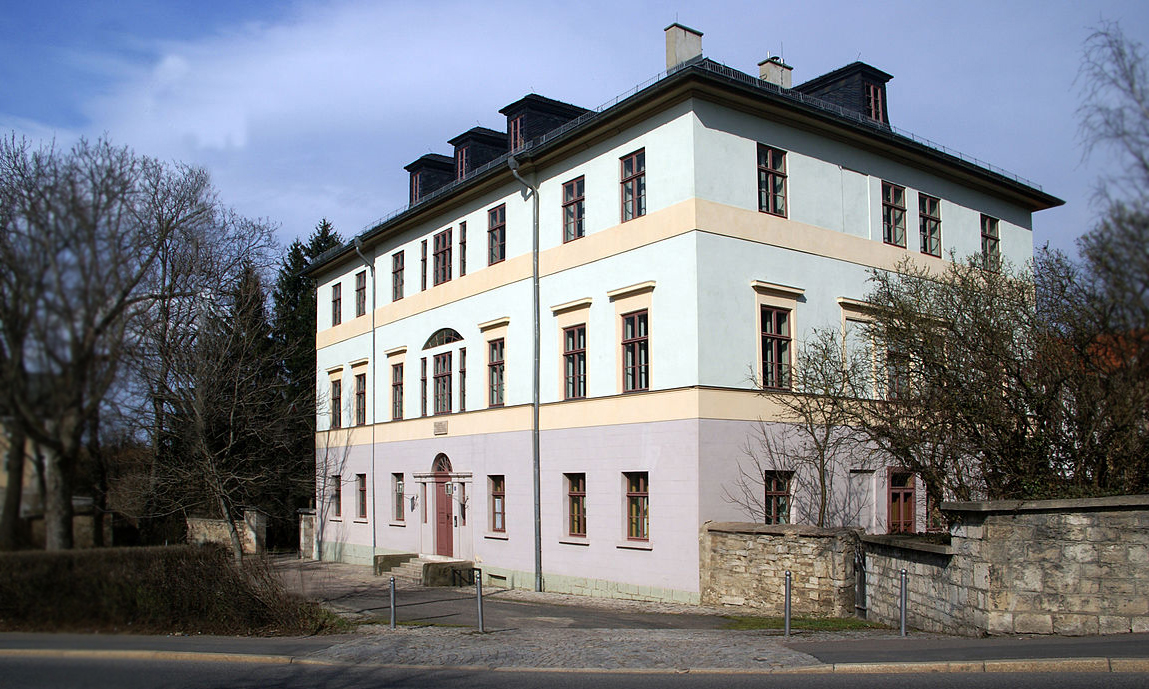
-
Welscher Garten
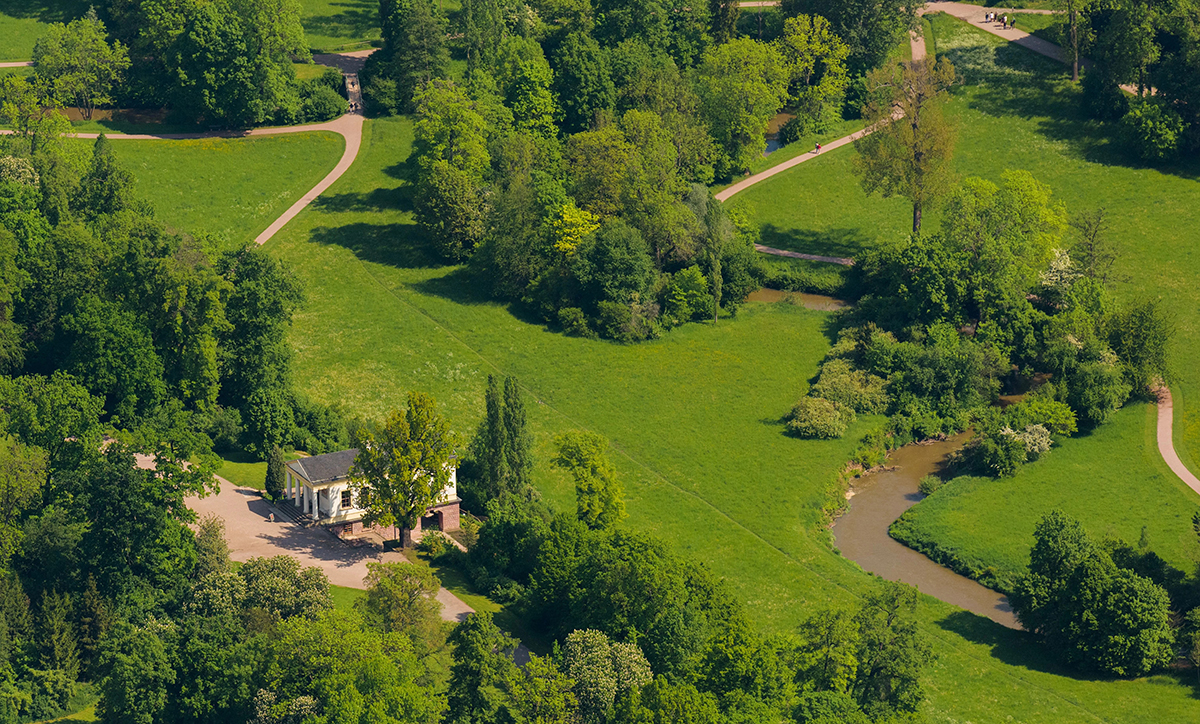
-
Wielanddenkmal
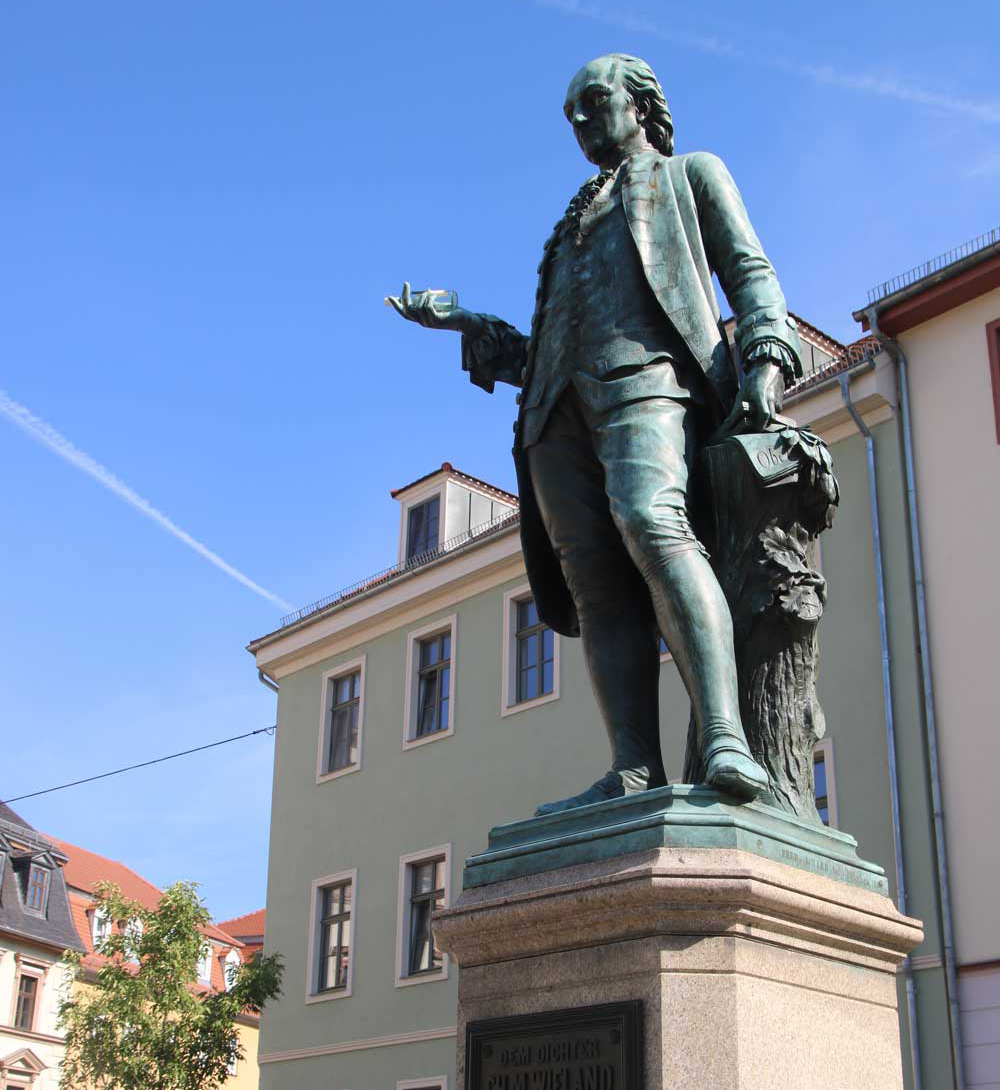
-
Wittumspalais

